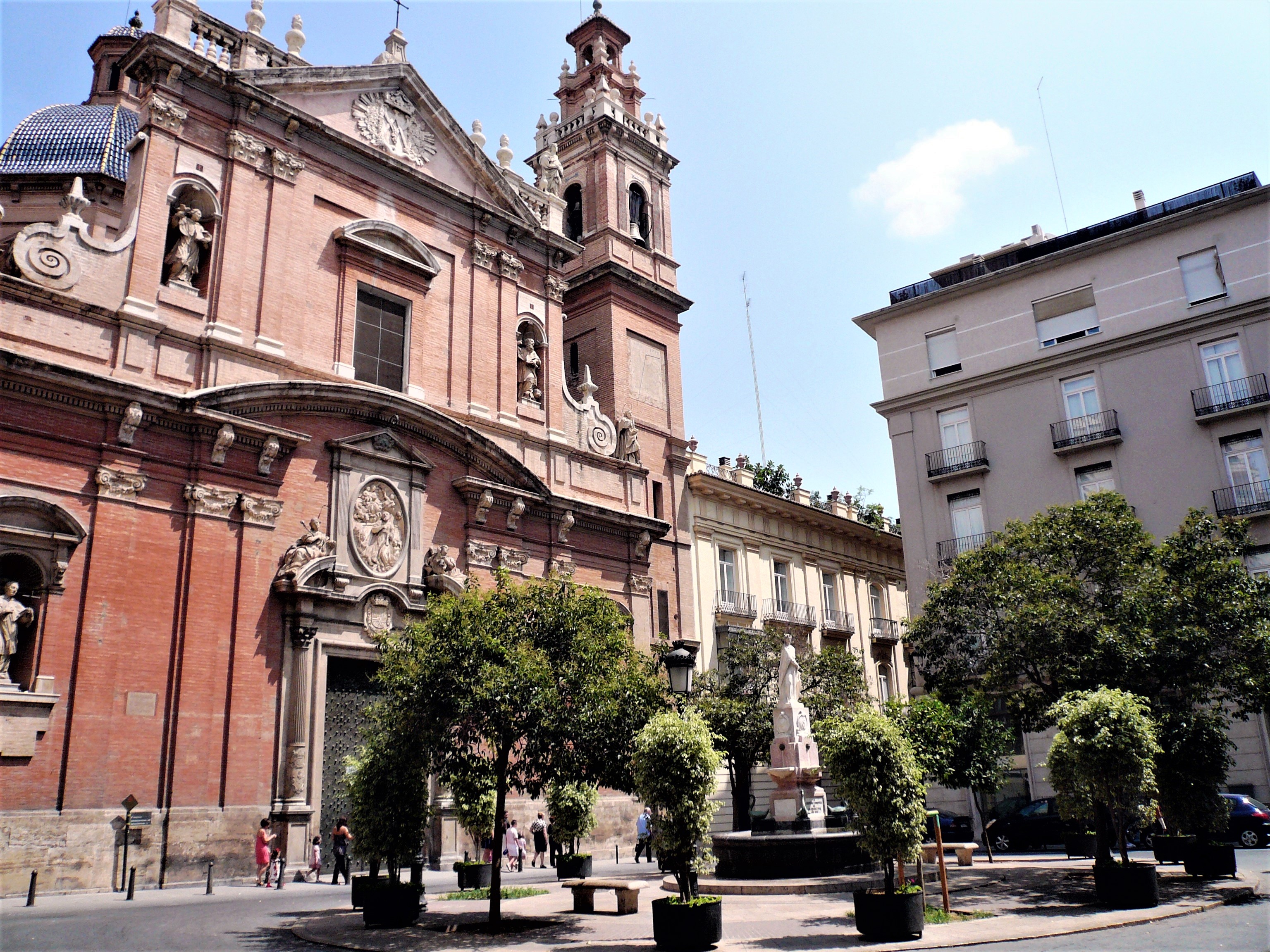This church stands on the ruins of the Roman circus and the Muslim wall from the 12th century, where the Xerea gate (Bab al Saria) stood.
This church, called La Congregación, was the 17th century temple of the Oratorian convent. Its current appearance is due to the renovation of the years 1725-1736, according to the plans of the mathematician Tomás Vicente Tosca, a member of the order. It is inspired by Vignola models such as "Il Gesú" in Rome. The interior plinths are covered with tiles from the 18th century.














